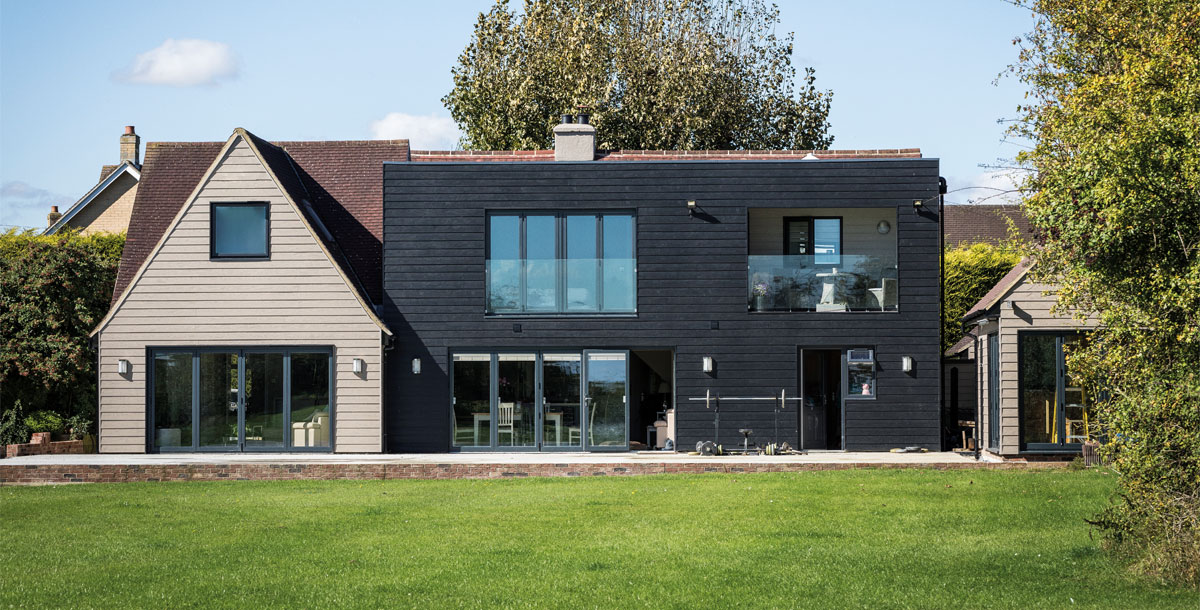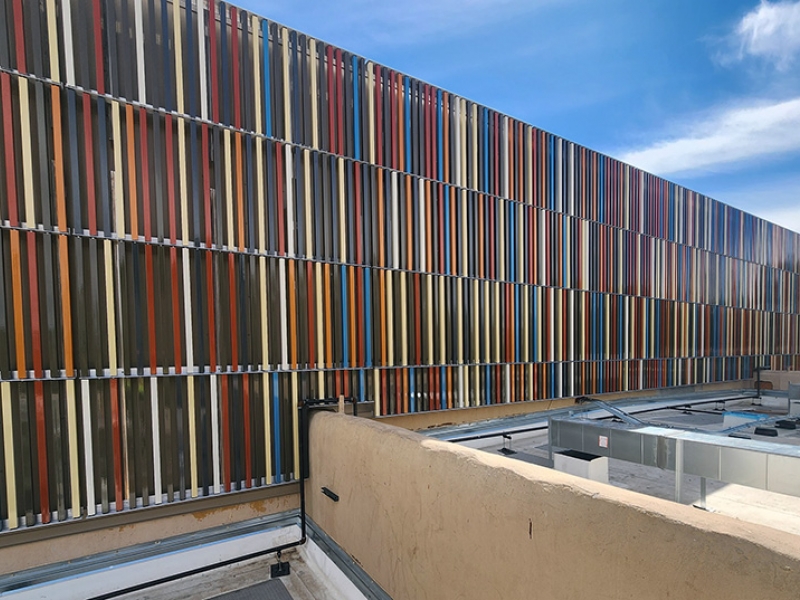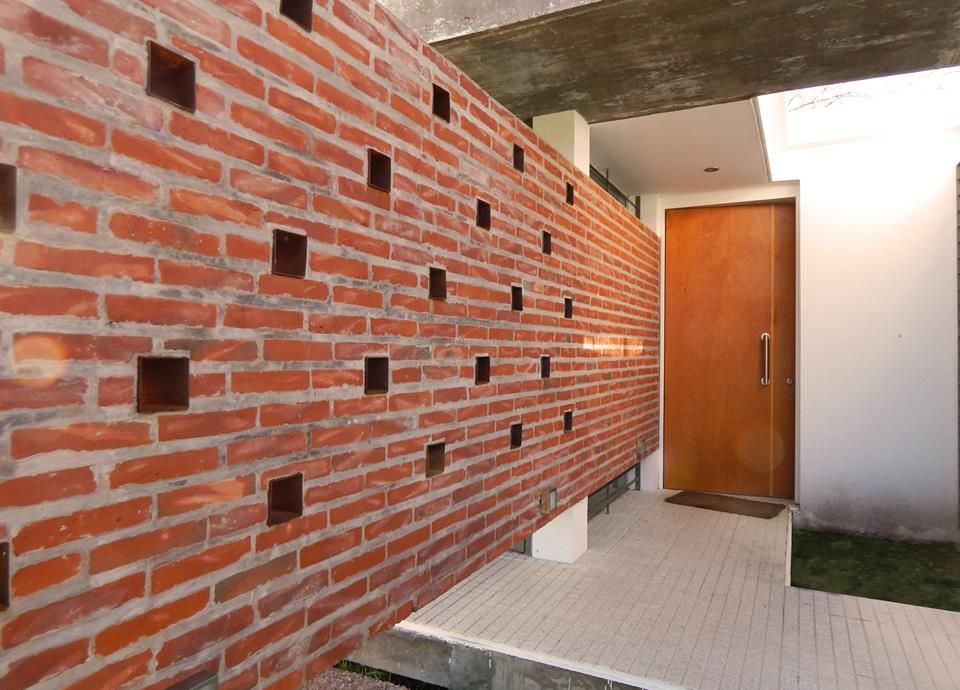
Everything You Need to Know About Cladding
Cladding is a crucial aspect of architectural design that not only enhances the aesthetic appeal of a building but also serves practical purposes like protection against weather elements and structural support. From residential homes to commercial skyscrapers, cladding plays a significant role in shaping the appearance and durability of structures. In this comprehensive guide, we will delve into the world of architectural design cladding, exploring its types, materials, installation processes, benefits, drawbacks, and environmental impact.
Table of Contents
Understanding Cladding
Cladding, in simple terms, refers to the external layer or covering of a building. It serves as a protective barrier against rain, wind, temperature fluctuations, and other environmental factors. Cladding systems vary widely in design, materials used, and installation methods, allowing architects and builders to achieve diverse visual effects while ensuring structural integrity.
Types of Cladding
Cladding can be categorized into several types based on various criteria such as material composition, installation method, and design aesthetics. Some common types of cladding include:
Western Red Cedar Cladding: Western Red Cedar Cladding stands out as a premium option known for its natural beauty and durability. This type of cladding adds a touch of sophistication and elegance to any building due to its rich color variations and distinct grain patterns.
Wooden Cladding: Wooden cladding adds a natural, rustic charm to buildings. It is available in various wood species, each with its unique grain patterns and colors. However, wood requires regular maintenance to prevent rotting and deterioration.

Brick Cladding: Brick cladding provides a classic, timeless look to structures. It involves attaching brick tiles or panels to the building’s exterior, offering both aesthetic appeal and structural strength.
Siberian Larch Cladding: Siberian Larch Cladding is a popular choice for architects and homeowners seeking a durable and aesthetically pleasing exterior finish. Known for its natural resistance to rot and decay, Siberian Larch is a sustainable and environmentally friendly option that can withstand harsh weather conditions with minimal maintenance.
Composite Cladding: Composite cladding combines different materials to leverage their respective strengths. For example, a composite panel may consist of layers of aluminum, plastic, and wood fibers, offering a balance of durability, insulation, and aesthetics.
Glass Cladding: Glass cladding is favored for its modern, transparent look that allows natural light to penetrate the interior spaces. It is commonly used in high-rise buildings and contemporary architectural designs.
Benefits of Cladding
Cladding offers numerous benefits to buildings and occupants, including:
Weather Protection: Cladding acts as a shield against rain, wind, snow, and UV radiation, helping to preserve the building’s structural integrity and interior comfort.
Enhanced Aesthetics: Cladding allows architects to achieve a wide range of design aesthetics, from traditional to contemporary, thereby enhancing the visual appeal of buildings.
Improved Insulation: Certain cladding materials, such as insulated panels or double-skin facades, can enhance thermal insulation, leading to energy savings and improved occupant comfort.
Structural Support: In addition to its protective function, cladding can contribute to the structural stability and load-bearing capacity of a building, especially in high-rise constructions.
Durability and Longevity: High-quality cladding materials are durable, resistant to corrosion, and require minimal maintenance, resulting in long-lasting performance and cost savings over time.
Frequently Asked Questions
What is the purpose of cladding in construction?
Cladding serves multiple purposes in construction, including protecting the building from weather elements such as rain, wind, and UV radiation, enhancing its aesthetic appeal, providing thermal insulation, and contributing to structural stability.
What are the most common materials used in cladding?
The choice of cladding materials depends on factors such as design preferences, budget, and environmental considerations. Common materials include metal (such as aluminum or steel), wood, brick, stone, composite materials, and glass.
How long does cladding typically last, and does it require maintenance?
The lifespan of cladding varies depending on factors such as material quality, installation method, and environmental conditions. High-quality cladding materials properly installed can last for decades with minimal maintenance. However, some materials like wood may require regular upkeep such as painting or sealing to prevent deterioration.
Is cladding environmentally friendly?
The environmental impact of cladding depends on factors such as material sourcing, manufacturing processes, and end-of-life disposal. Choosing sustainable materials, such as recycled or responsibly sourced options, and considering energy efficiency during design can help minimize the environmental footprint of cladding.
Can cladding be retrofitted onto existing buildings?
Yes, cladding can often be retrofitted onto existing buildings to improve their appearance, energy efficiency, and weather resistance. However, the feasibility of retrofitting depends on factors such as the building’s structure, condition, and local building regulations. Consulting with a qualified architect or contractor is recommended for retrofitting projects.

Conclusion
Cladding stands as a pivotal element in modern construction, offering a blend of functionality, aesthetics, and structural integrity. Throughout this exploration, we’ve uncovered the diverse range of materials, installation methods, benefits, drawbacks, and environmental considerations associated with cladding.




